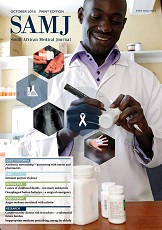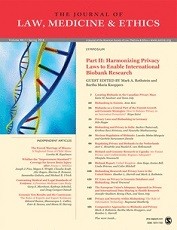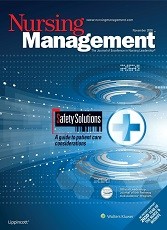Laura Shauuer

Abstract
Debates regarding the development of new reproductive technologies (NRTs), funding for infertility treatments, and non-medical criteria for access to infertility treatments frequently invoke “rights to reproduce” or “procreative rights”. The claim of this right – literally the right to have children – is not the same thing as many other “reproductive rights” that are invoked in contraception, abortion, and pregnancy management discussions.
The author argues that the claim of a right to bear or beget children, which may in turn support research into NRTs and then funding and access claims, is not justified. Framing procreative decisions in terms of rights claims is a problematic ethical project, which in turn creates difficulties for the establishment of legal procreative rights. There are two critical problems: first, the distinction between positive (entitlement) and negative (liberty) rights claims leaves those requiring reproductive assistance in need of a different justification for their claims than those who need no help; second, a procreative right is generally claimed to be limited by the rights or interests of the future children, but a right of non-conception is an intemally contradictory concept.
The author then discusses variations of procreative rights claims, including claims of rights to enter reproductive contracts or to seek assistance, and other conceptual foundations for reproductive decisions. Thus, while reproductive rights are often helpful in protecting individuals and families from undue governmental intrusion, rights are shown to be a problematic, inadequate, and inappropriate framework to describe both the legal and moral status of claims for assisted procreation.
Shauuer L. The Right to Procreate: When Rights Claims Have Gone Wrong. McGill Law J. 1995 Aug;40(823-874.




